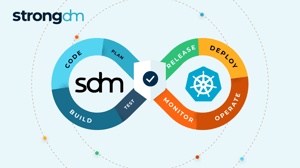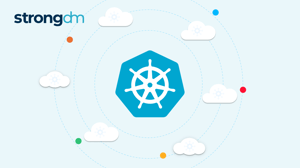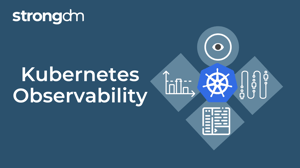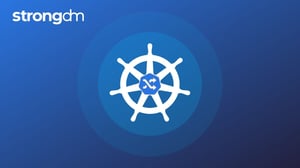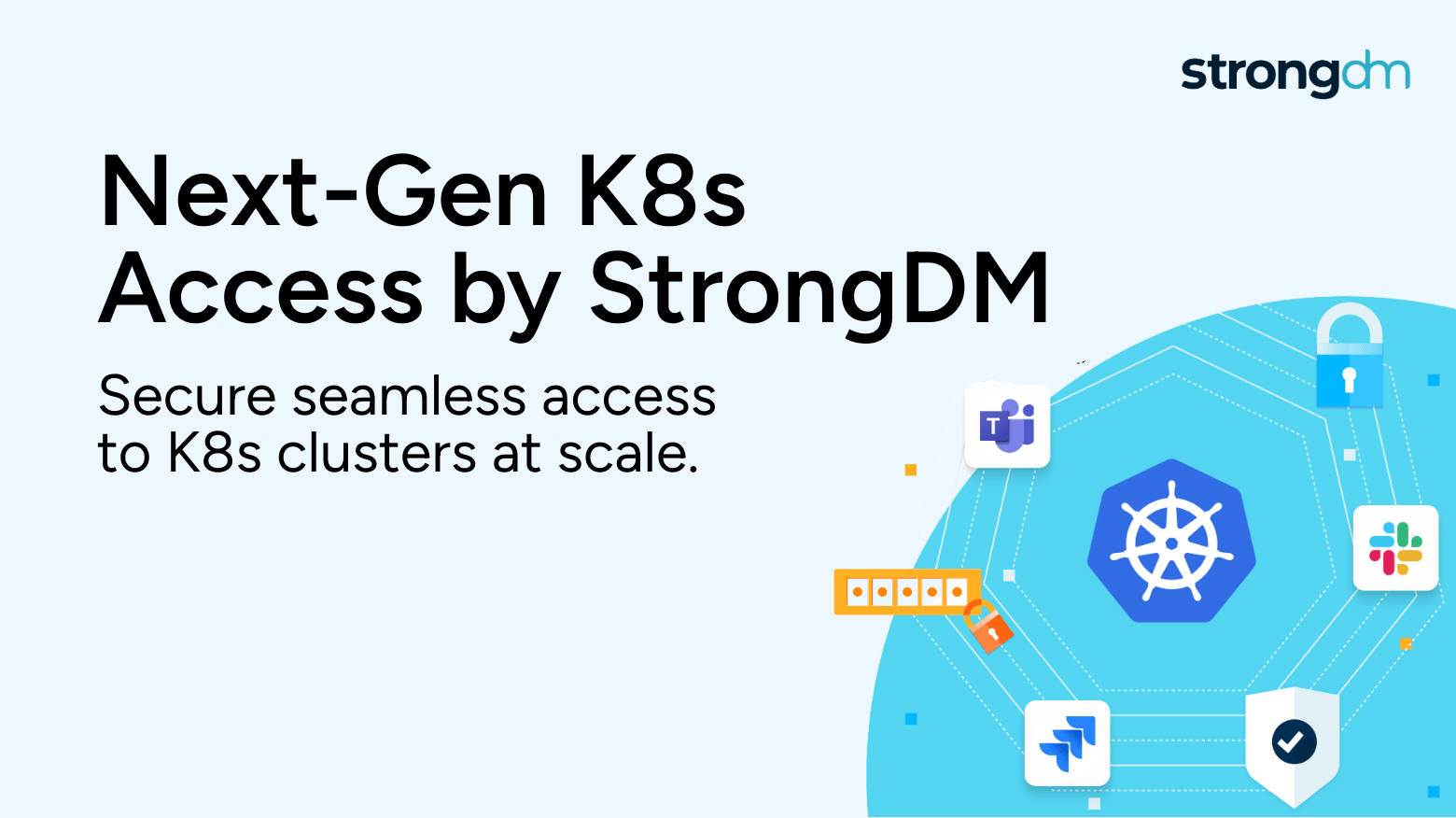

Written by
Madhu AdireddiLast updated on:
April 18, 2025Reading time:
Contents
Built for Security. Loved by Devs.
- Free Trial — No Credit Card Needed
- Full Access to All Features
- Trusted by the Fortune 100, early startups, and everyone in between
Managing Kubernetes access has traditionally forced teams into a painful trade-off: tighten security and frustrate developers, or relax controls and risk compliance nightmares. Overly restrictive access policies stall productivity and drive frustrated developers toward risky workarounds and shadow IT. But loosening up means overprivileged accounts that leave your clusters exposed.
The Real-World Pain of Kubernetes Access
Kubernetes adds complexity to this balancing act. Its dynamic, ephemeral nature, combined with intricate role-based access control (RBAC) setups, makes manual management impossible. Native Kubernetes controls are powerful but notoriously complicated, requiring tedious YAML updates and constant vigilance. Traditional access solutions simply weren’t built to handle Kubernetes’ speed and automation, forcing security teams to choose between security and usability.
Native Kubernetes RBAC is notoriously complex. Access is typically static, over-provisioned, and manually maintained—creating endless policy drift and security gaps. Engineers requesting temporary permissions often receive broad, persistent access because dynamic adjustments are difficult. The result? Developers adopting unsafe credential-handling practices and security teams overwhelmed by manual reviews.
Moreover, interrupting developer workflows by forcing them into yet another access request system disrupts productivity. Your teams deserve security that integrates seamlessly with their existing tools and processes.
Introducing StrongDM’s Kubernetes Enhancements
At StrongDM, we know Kubernetes isn’t just another layer of infrastructure—it's a rapidly evolving ecosystem that demands security move at DevOps speed. Containers spin up and down continuously, roles change dynamically, and your security posture must adapt in real-time. We believe security should enforce Zero Trust seamlessly, empowering developers rather than slowing them down.
That’s why we’re thrilled to announce StrongDM’s enhanced Kubernetes access controls. These new capabilities eliminate the impossible trade-offs by delivering streamlined onboarding, simplified management, and granular, adaptive authorization.
Enhanced Security & Built-in Compliance
StrongDM’s Just-In-Time (JIT) access minimizes standing privileges, granting users precisely what they need, exactly when they need it. Policy-driven automation ensures every access decision aligns with your security posture, dynamically scoped by role, context, and business logic.
With audit-ready logs and granular controls built-in, meeting compliance standards like SOC 2, HIPAA, PCI-DSS, and NIST becomes straightforward, eliminating extra overhead for security teams.
Boosted Operational Efficiency
Security should empower your workflows, not hinder them. StrongDM automates cluster onboarding, eliminating tedious manual setup. Clusters stay continuously synced, reducing policy drift and manual maintenance.
Integrations with Slack, Jira, and CI/CD pipelines mean access requests happen directly where your engineers work, cutting friction, accelerating onboarding, and reclaiming time previously lost to manual, repetitive tasks.
Complete Visibility & Precise Control
Our RBAC discovery engine provides real-time insights into roles, permissions, and group assignments across your entire Kubernetes landscape. With policy-driven management, security teams quickly identify misconfigurations and correct over-provisioned access before they escalate into serious threats.
Fine-grained, identity-based access enforcement ensures permissions reflect security goals—not convenience—reducing risks of privilege escalation and unauthorized access.
Developer Productivity Without Distractions
StrongDM prioritizes developer experience. With context-aware role elevation, engineers seamlessly request temporary access, eliminating friction and lengthy approvals. Permissions are granted promptly and securely, without additional portals or manual delays.
For Kubernetes admins, automated RBAC management cuts down manual tasks, freeing your team to focus on strategic initiatives rather than administrative busywork.
Unified Multi-Cloud & Hybrid Kubernetes Security
Whether your clusters live in AWS, GCP, Azure, on-prem—or all of the above—StrongDM provides one central control plane for consistent, secure management. Our platform effortlessly supports in-cluster, out-of-cluster, and hybrid environments, ensuring your security posture remains robust no matter how complex your Kubernetes ecosystem gets.
Ready to Simplify Kubernetes Access?
If Kubernetes access complexity is slowing your teams down, StrongDM can help. See how easy Next-Gen Kubernetes access security can be, without the operational headaches.
Schedule your demo today and experience Kubernetes access made frictionless.
Next Steps
StrongDM unifies access management across databases, servers, clusters, and more—for IT, security, and DevOps teams.
- Learn how StrongDM works
- Book a personalized demo
- Start your free StrongDM trial

Categories:

About the Author
Madhu Adireddi, Principal Product Manager, cybersecurity professional with over 15 years of experience spanning engineering and product management. Specialized in SIEM, Data Loss Prevention (DLP), and modern Privileged Access Management (PAM) solutions. Proven track record of building and scaling security products that solve real-world challenges.
You May Also Like

